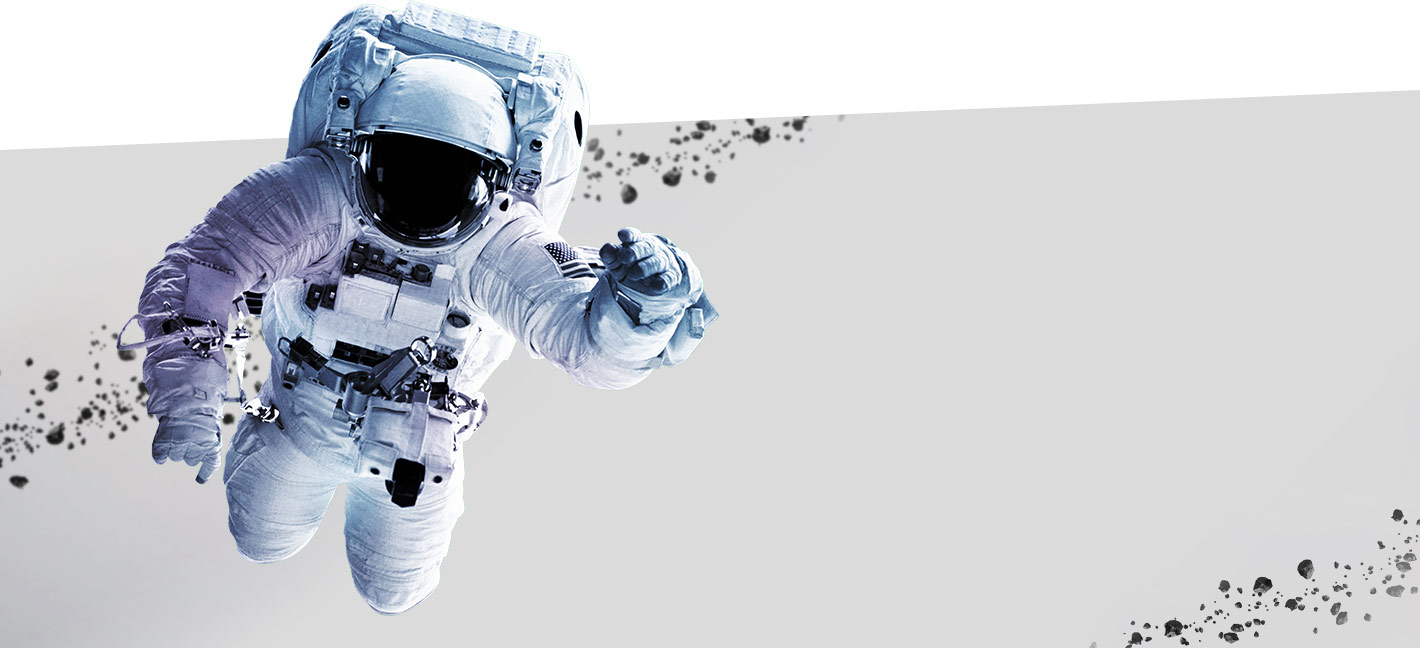
Conversion Rate Optimization (CRO) Services
Turn Website Traffic Into Paying Customers
Put Your Data To Work.
You’ve invested in your website and digital marketing to bring visitors to your site.
But don’t shout “Eureka!” just yet.
There’s always work to do, and we do it for you so you can focus on what you do best.
Hennessey Digital helps companies and law firms avoid a common mistake in digital marketing by eliminating the “set it and forget it” habit with their websites.
Our analysts, strategists, and web developers go further than applying best practices. We turn what your website data tells us into improved ROI on an ongoing basis so that more website visitors take the actions you want on your site.
It’s data science, and we obsess over it.
Benefits of Conversion Rate
Optimization (CRO)
More customers complete the actions you want them to take.
A click, a lead form, a call, or directions to your location. We apply data science to increase these actions on our site.
Your data is recycled back into your business to help you grow.
No more numbers forgotten in a monthly report. The results you see in your dashboard are put to work for you.
Improved ROI.
Like your customers and clients, you deserve the best value for your investment. We don’t let insights go to waste.

Success to us is when our clients reach their goals.
Conversion Rate Optimization gives you the best chance possible of converting a visitor into a lead, a phone call, a client or a customer. And with our approach to transparency in reporting and strategy, you’ll have peace of mind knowing your website performance is always on our radar.
How Conversion Rate
Optimization Works
Think of the conversion rate optimization process like auto mechanics. Only we’re website mechanics here to make
sure you get the most mileage out of your website.
Here’s a sample of what we work on when we go under the hood:
Customer Pathways On Your Site
Delivery of Location Information
Long-form Content
Short-form Content
Landing Page Copy
Calls To Action
A/B Testing
Page Layout, Colors, and more

Let’s Go With CRO.
Parts of your marketing strategy are a sprint, and others
are a marathon. Let’s go the distance together.
(You won’t be disappointed.)

Schedule Your Free
Audit With Us.
In order to focus our energy and deliver consistent results, we only partner with an elite few clients each month. If spots are full, you’ll be put on a waitlist.
(Other agencies charge up to $500 for this.)